Chubushnik "Shneeshturm": description, planting and care

Chubushnik is one of the varieties of garden jasmine. There are a lot of varieties of this plant, you can choose the most suitable one for any garden plot.
This representative of garden jasmine almost does not smell, which makes it stand out among the whole variety of this species.
Terry varieties of chubushnik are especially popular with gardeners. Most often in the landscape you can find the following species: tall "Virgin", undersized "Glacier", yellow-cream "Girandol".
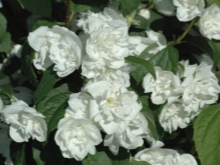

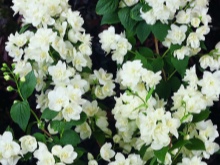
The varieties of the so-called "snow" direction are especially distinguished: "Snowbel", "Snowflake", "Snowstorm", "Snezhki" and "Shneesturm" - translated as "snowfall" from German. The hybrid variety "Shneestrum" or "Shnistrum" was bred by European breeders and became a luxurious representative, combining all the best characteristic features of the chubushniki. It is tall, showy with a beautiful double bloom, pleasant, but light aroma. In addition to high decorative qualities, this variety attracts gardeners with its endurance and unpretentious care.
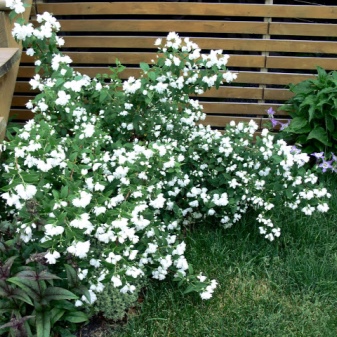
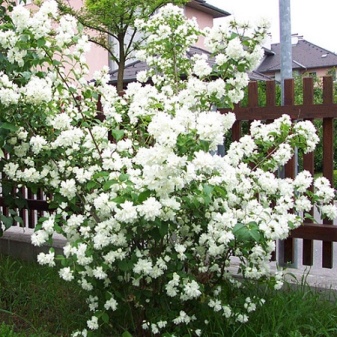
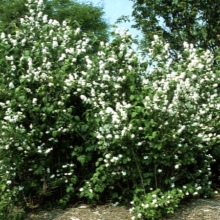
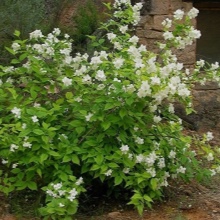
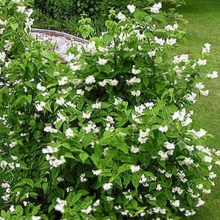
Peculiarities
The name of the Schneesturm wreath variety is pronounced in different variations - "Shneesturm" and "Shnistrum".
This terry garden jasmine is a very stately shrub, decorated with luxurious flowering, which pulls off the branches with dense double large inflorescences.
This variety was derived from the "Virgin" mock-mushroom.

Description of "Shnistrum":
deciduous shrub;
grows very quickly, grows strong and strong;
every year the plant grows in height by half a meter;
the height of an adult bush varies from 2.5 to 3 m;
multi-stem type bush;
fountain-shaped in appearance;
weeping shoots;
foliage of a dark green tone, with a slight gloss;
flowering resembles a snow-covered bush, so abundantly it is covered with white inflorescences;
inflorescences are sultana-shaped, terry;
flower diameter about 5 cm;
petals of an elongated type, multi-row, thinner inside than external ones.
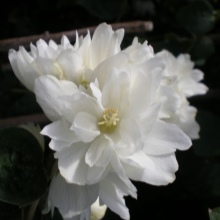
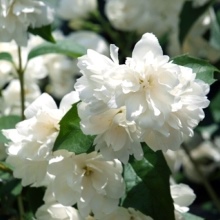
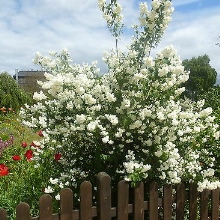
Chubushnik blooms for about a month in the first half of summer. The plant is hardy, strong, rarely sick. In the fall, the foliage turns yellow, and the bush looks quite impressive even without flowering. This plant is often planted with roses and hawthorns.
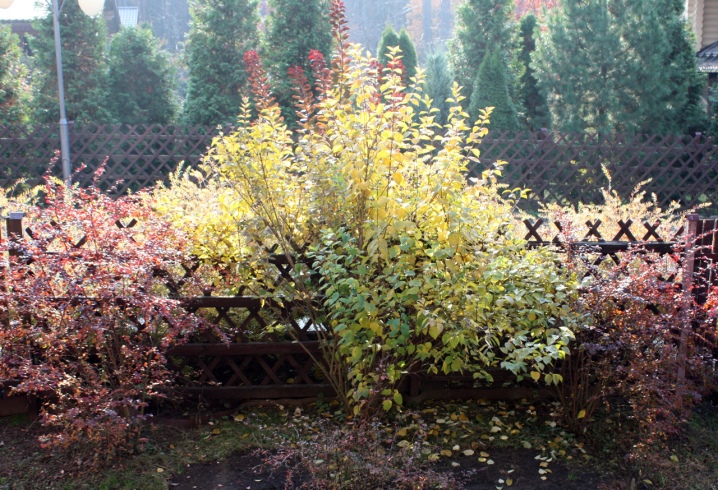
How to plant
Planting this variety is not something difficult and even beginner gardeners can do it. Experts recommend adhering to the following agrotechnical rules when planting a plant:
chubushnik grows better in illuminated areas, partial shade and shade will not interfere with its growth, but flowering will be less abundant;
refuse to disembark in drafts, it is worth protecting the bush from the wind;
if, nevertheless, the plant grows in the wind, in winter it will need a high-quality shelter, it is better if at least on one side it is covered by a wall or dense plantings;
there are few requirements for the soil, but the more fertile it is, the more beautiful and abundant "Shneesturm" blooms, you can increase fertility with the help of fertilizers;
loves water, but it is better to avoid wetlands, as the root system can rot, and this will affect the appearance of the plant.
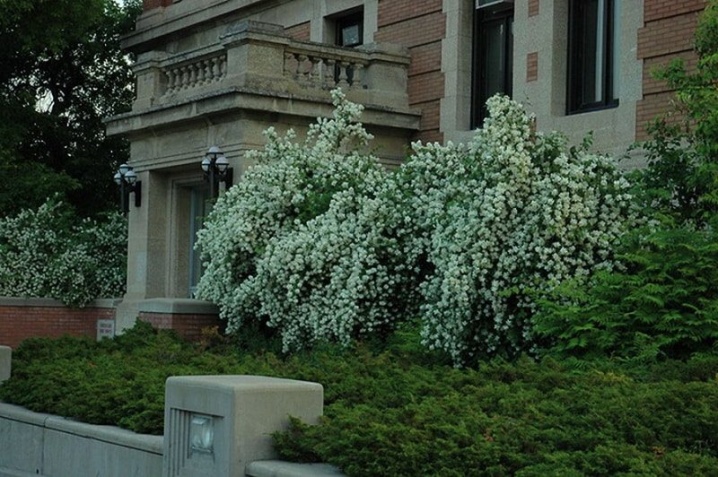
Disembarkation algorithm:
create a hole with a diameter and depth of half a meter;
a fertile type substrate is introduced;
the supply of nutrients must be at least 3 years;
without fail, a bucket of humus, peat, compost, sand are introduced;
in addition to organic matter, a little complex type fertilizers and ash are added;
in order for the plant to develop more actively, it is immediately pruned, leaving about a third of a two-year-old seedling with buds.
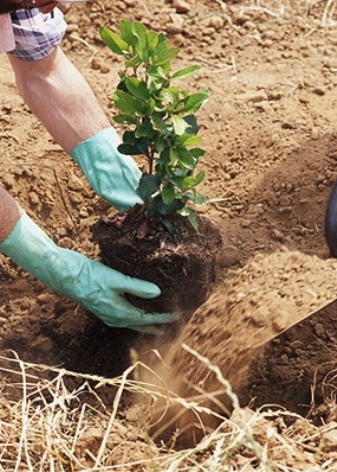
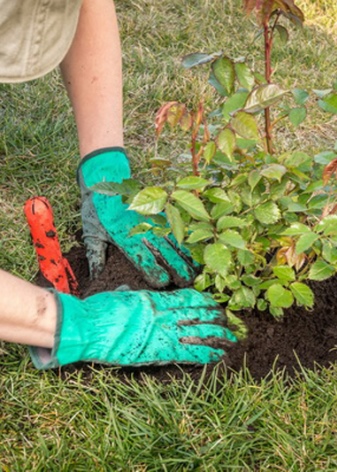
Before planting, the soil is carefully dug up, subsequently this procedure must be repeated regularly to impart looseness and spud with organic matter.
How to care for
Caring for a chubushnik is simple. "Shnistrum" is not very whimsical, however, a regular set of activities is required.
Cropping:
after flowering, the bush must be pruned to ensure better bushiness and active growth;
old branches are cut almost to the root;
dried or diseased branches are removed;
bare trunks, no more than 2-4 pieces, are cut so that about 30 cm remains, the cuts are processed with pitch;
artistic trimming is allowed to form a spectacular silhouette;
you need to trim the variety in the spring.
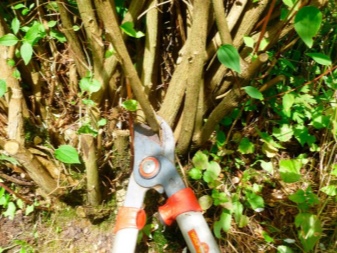

After a period of cold weather, frozen shoots are removed, since buds will not appear on them anyway, and decorativeness will decrease.
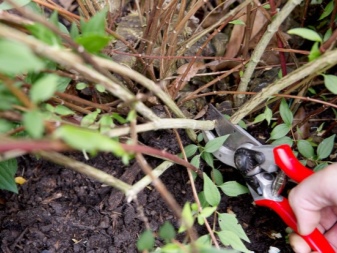
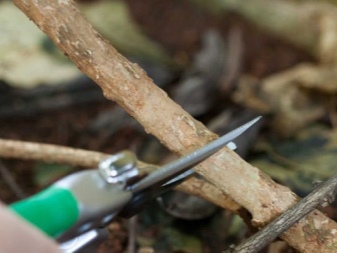
Moisturizing:
regular watering is required, since with a lack of moisture, the foliage acquires a yellow tint;
during a drought, water the plant every day, during a rainy season - as needed;
be sure to loosen the soil after the procedure.

Fertilizer:
in the spring, top dressing with diluted manure has a good effect on the growth of the chubushnik;
at the end of flowering, before each watering, fertilization with ash is carried out;
shrubs over 4 years old in the spring are fed with mineral complexes.
The amount of fertilizer is calculated according to the size of the bush. Before the onset of the winter period, the chubushnik is cut off and fertilized with mixtures containing potassium and phosphorus, mulched with peat and sawdust.
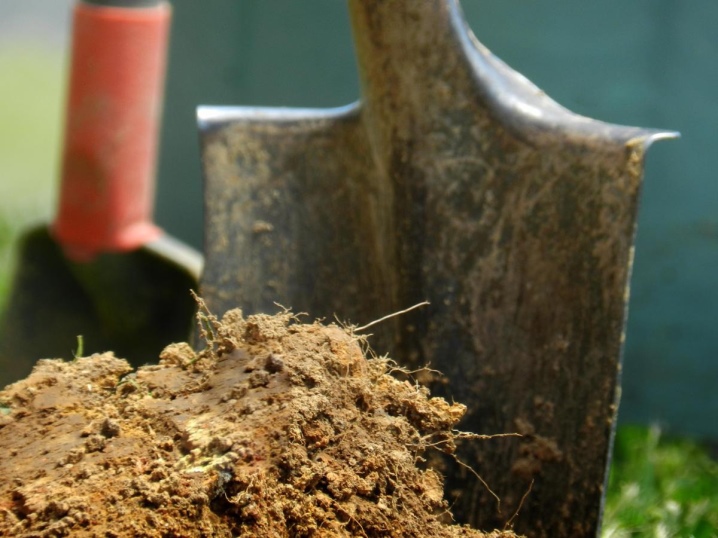
Reproduction methods
Seed propagation is impossible for hybrid varieties, to which the Shneesturm variety belongs. The most affordable breeding method is cuttings:
you need to take care of the preparation of green cuttings in the first month of summer;
branches are cut into about 5 cm, each section should have 4 leaves and an internode;
the top 2 sheets are cut in half, the bottom is removed;
rooted in greenhouse conditions;
after about a month, roots appear, and the seedlings are planted in a prepared place.

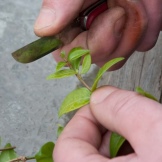
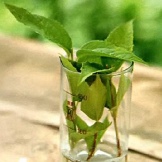
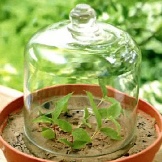
More mature cuttings are cut from older branches in early spring or fall. The length of the handle is from 15 cm, the leaves are at least 6 pcs. They are planted in well-fertilized and loosened soil. After a month, rooting occurs.
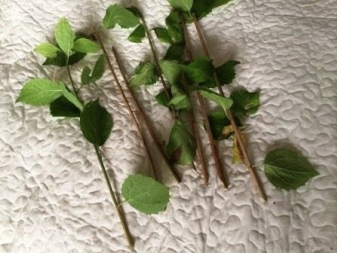
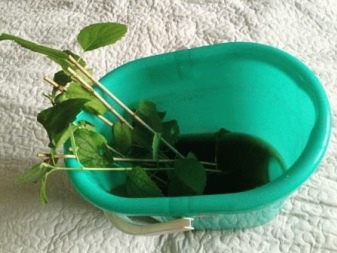
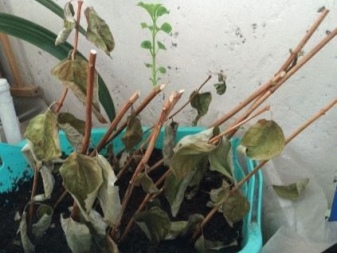

Another breeding method is layering:
last year's shoots are applied to the soil and covered with soil;
branches must be fixed;
it is necessary to water;
before the cold weather, the layers are detached and planted separately.
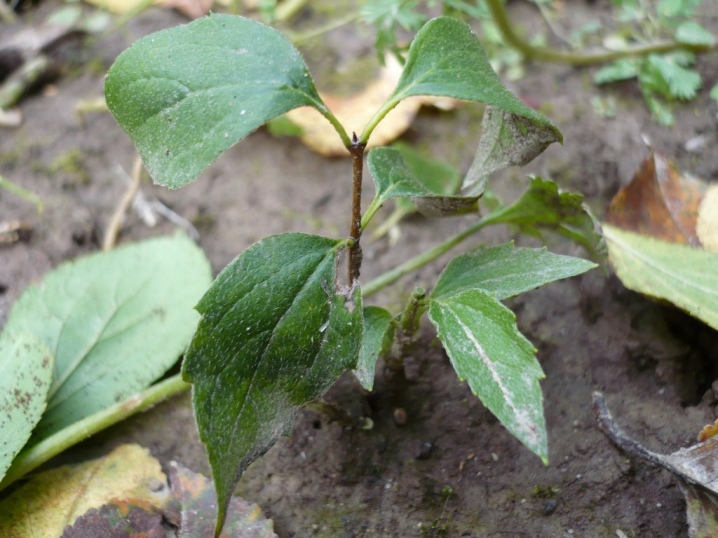
Dividing a bush is a rather complex method that is used only by experienced gardeners:
in the spring, several trunks are cut off to 30 cm;
young are removed at the root;
over the summer period, several new shoots are formed on old branches, of which the strongest remain, no more than 5 pieces;
part of the bush with roots is separated;
then the bushes are transplanted, moistened;
for the winter, it is necessary to cover the transplanted plants.
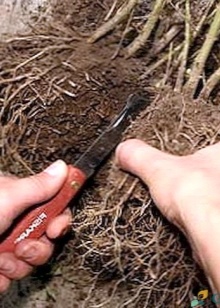
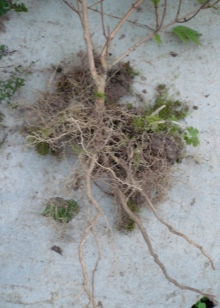
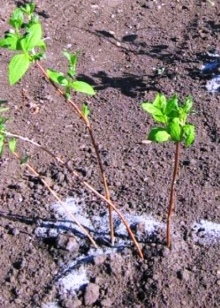
To transplant "Shnistrum" is quite simple:
a hole is being prepared in spring or autumn, the soil should settle;
after moistening, a bush is dug up;
before that, the old trunks are cut, the young are shortened;
landing in a new place ends with watering.
This procedure is tolerated by the plant rather painlessly.
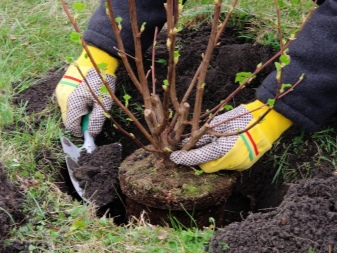

Diseases and pests
There are few insects attacking this plant, but they are there, you need to fight with them. The most common:
scabbard - removed by spraying "Aliot", "Fufanon", "Kinmiks";
aphid - destroyed by "Karbofos", "Rogor", an infusion of makhorka;
spider mite - dies from "Akarin", "Fitoferm", keltan emulsion;
the weevil is removed by spraying with chlorophos.
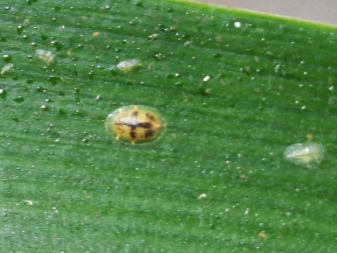
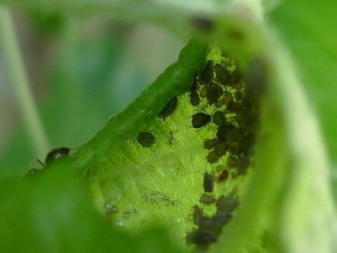
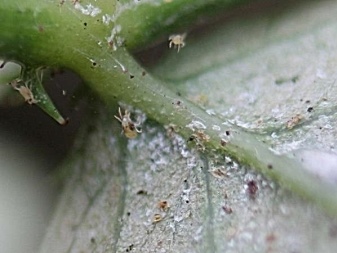
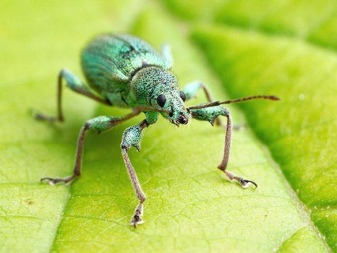
As for ailments, most often this plant suffers from powdery mildew.
It is difficult to treat the disease, therefore it is necessary to identify the disease in the early stages. If the growing conditions are not good enough, the mock-orange can get sick with different types of spotting.
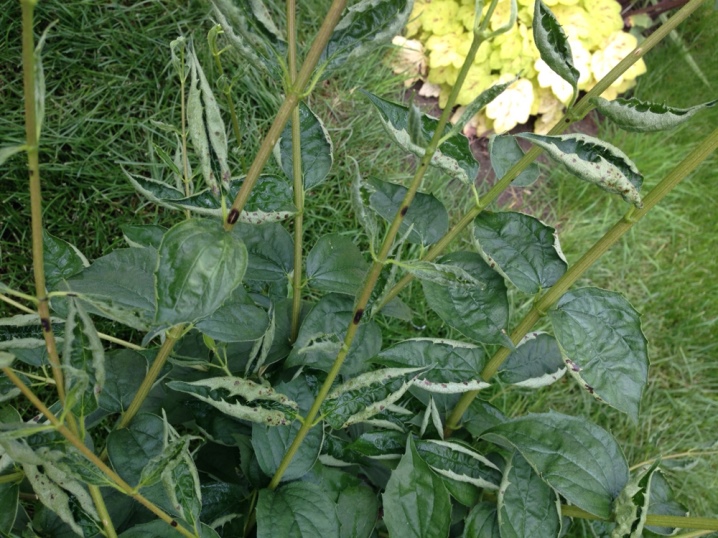
A brief overview of the "Shneeshturm" mock-up is presented in the video.



































































The comment was sent successfully.